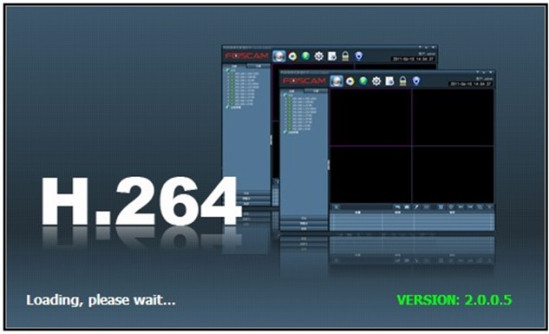
The camera's Linux system contained video, alarm, and recording management functions. The first decentralized IP camera was released in 1999 by Mobotix. As a result, the camera was aimed primarily at the tourism industry, and not intended to replace traditional analog CCTV systems. This limitation can be attributed to the lack of powerful integrated circuits capable of handling image processing at the time of release.

Although the product was advertised to be accessible from anywhere with an internet connection, the camera was not capable of streaming real-time video, and was limited to returning a single image for each request in the Common Intermediate Format (CIF). The first centralized IP camera, the AXIS Neteye 200, was released in 1996 by Axis Communications. The first IP Camera was invented by Axis Communications in 1996. Others are able to operate in a decentralized manner with no NVR needed, as the camera is able to record directly to any local or remote storage media. Some IP cameras require support of a central network video recorder (NVR) to handle the recording, video and alarm management.

Most IP cameras are webcams, but the term IP camera or netcam usually applies only to those that can be directly accessed over a network connection. They are commonly used for surveillance, but, unlike analog closed-circuit television (CCTV) cameras, they require no local recording device, only a local area network.

An Internet Protocol camera, or IP camera, is a type of digital video camera that receives control data and sends image data via an IP network.


 0 kommentar(er)
0 kommentar(er)
